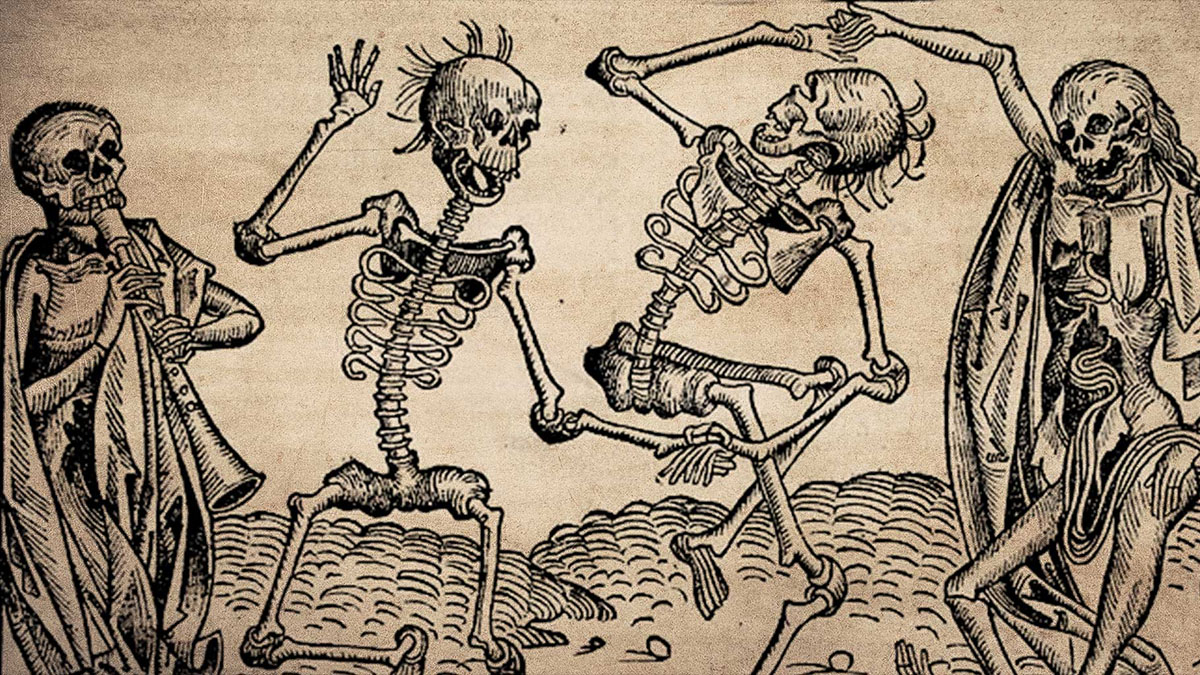settling the black death debate with ancient dna

While for most of us, it tends to be a given that the culprit behind the scourge known as the Black Death was the bubonic plague, a number of historians weren’t so sure. The reports from the time talked about the kinds of symptoms we’d expect from a bizarre hybrid of bubonic and hemorrhagic plagues, or a hemorrhagic fever, something eerily similar to Ebola. Furthermore, critics of the bubonic plague theory contended, the spread of the outbreaks that killed nearly half of Europe’s population from 1347 to 1453 was too fast to be traced solely to fleas carrying the plague as they traveled with countless rats across the continent. Surely, there must have been something even more potent than the bubonic plague doing the damage, right? To settle the debate, or come as close to settling a debate as science allows, a team of anthropologists examined the bones from a number of mass graves associated with Black Death outbreaks and looked for Black Death’s genetic traces.
Turns out that what you’ve heard about the Black Death’s nature was probably right. It was the bubonic plague as evidenced by genes it left in the bones of its victims, or to get a tad more technical, a trio of closely related strains of bubonic plague which killed their victims very quickly thanks to the lack of real medical care and no knowledge of sanitary practices at the time. After taking the genetic analysis and combining it with the written records, we get a well defined picture of how the plague came from Asia and spread across Europe.
From historical accounts we know that the Black Death was imported into southern Europe from Asia, and reached Marseilles (southeast France) by November 1347. The plague then spread to western France by land and sea, reaching Narbonne and Carcassonne at the beginning of 1348. This extension to the west was probably responsible for a plague epidemic in Saint-Laurent-de-la-Cabrerisse, which lies between Narbonne and Carcassonne. [ … ]
Our finding of identical genotypes (based on 20 markers) in Saint-Laurent-de-la-Cabrerisse and Hereford thus lends support to historical evidence which suggest that plague spread from France to England in the second half of the 14th century. [ … ] Our results are consistent with the idea that the genotype in Bergen op Zoom represents a different route of plague spread, possibly from the northern to the southern Low Countries in AD 1350. Bergen op Zoom was in commercial contact with the north of the Netherlands in the 14th century, exporting pottery to Amsterdam. Friesland, in turn, was infected from Norway, which during the Middle Ages traded extensively with England and the Hanseatic cities along the North Sea coast of Germany.
So there you have it. The bubonic plague made its way along trade routes during the Middle Ages, starting its outbreaks in busy port cities which then spread the infection to the countryside, burning itself out until another round of international trade imported it elsewhere, creating new outbreaks. Unlike some scientists suggested to account for countryside death tolls claimed in Medieval records, it probably wasn’t anthrax or a hemorrhagic fever, or some unknown bacteria. But other criticisms of the bubonic plague theory point to issues that would be very difficult to evaluate, issues like the population of rats in Medieval Europe, precise duration and severity of bubonic plagues in a particular region, the discrepancies between expected death tolls based on modern epidemiology and the reported number of Black Death victims, and even whether it was warm enough for the carrier fleas to survive in Northern Europe during the Middle Ages. Those questions are very difficult to resolve in simple experiments, and it’s likely that they’ll be around for the foreseeable future. This is why I said that the anthropologists taking ancient DNA samples from mass graves are only settling the debate as much as they can in a scientific context, rather than settling it once and for all.
See: Haensch, S., et al (2010). Distinct Clones of Yersinia pestis Caused the Black Death PLoS Pathogens, 6 (10) DOI: 10.1371/journal.ppat.1001134





